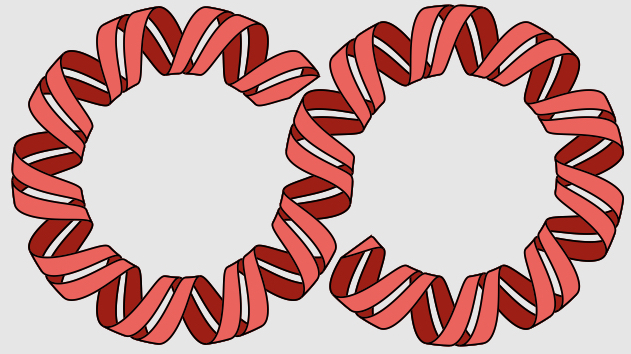Abstract
In eukaryotes, members of large transcription factor families often exhibit similar DNA binding properties in vitro, yet initiate paralog-specific gene regulatory networks in vivo. The serially homologous first (T1) and third (T3) thoracic legs of Drosophila, which result from alternative gene regulatory networks specified by the Hox proteins Scr and Ubx, respectively, offer a unique opportunity to address this paradox in vivo. Genome-wide analyses using epitope-tagged alleles of both Hox loci in the T1 and T3 leg imaginal discs, which are the precursors to the adult appendages and ventral body regions, show that ∼8% of Hox binding is paralog-specific. Binding specificity is mediated by interactions with distinct cofactors in different domains: the known Hox cofactor Exd acts in the proximal domain and is necessary for Scr to bind many of its paralog-specific targets, while in the distal leg domain, we identified the homeodomain protein Distal-less (Dll) as a novel Hox cofactor that enhances Scr binding to a different subset of genomic loci. Reporter genes confirm the in vivo roles of Scr+Dll and suggest that ∼1/3 of paralog-specific Hox binding in enhancers is functional. Together, these findings provide a genome-wide view of how Hox paralogs, and perhaps paralogs of other transcription factor families, orchestrate alternative downstream gene networks and suggest the importance of multiple, context-specific cofactors.

